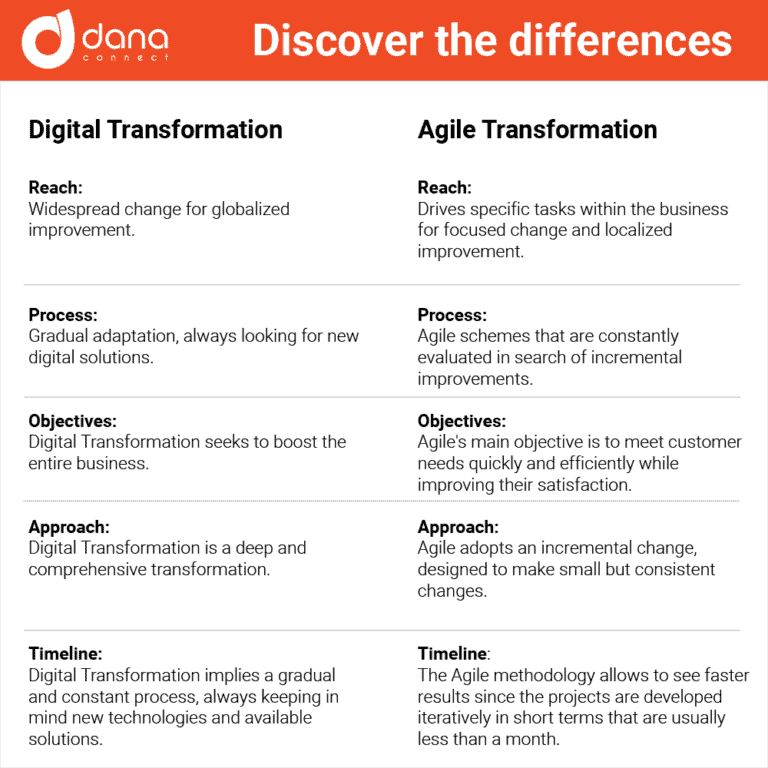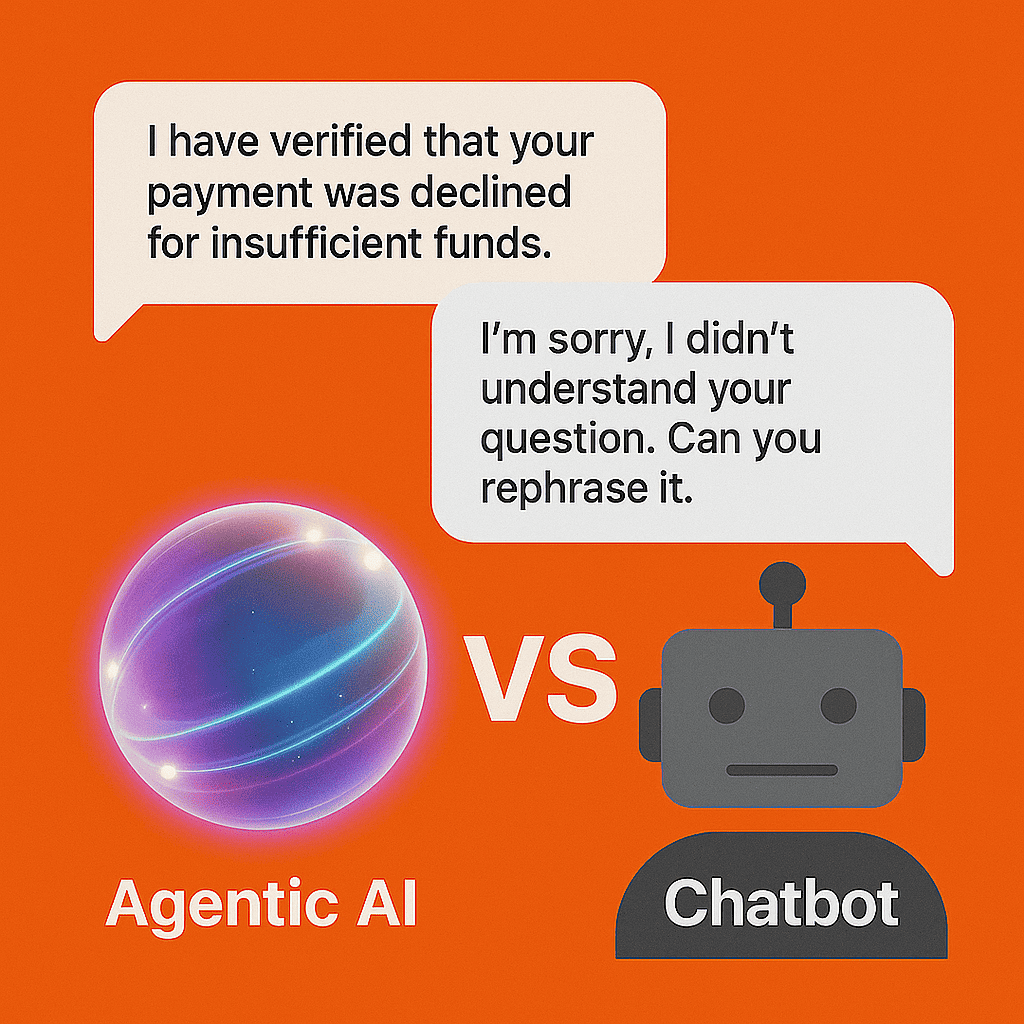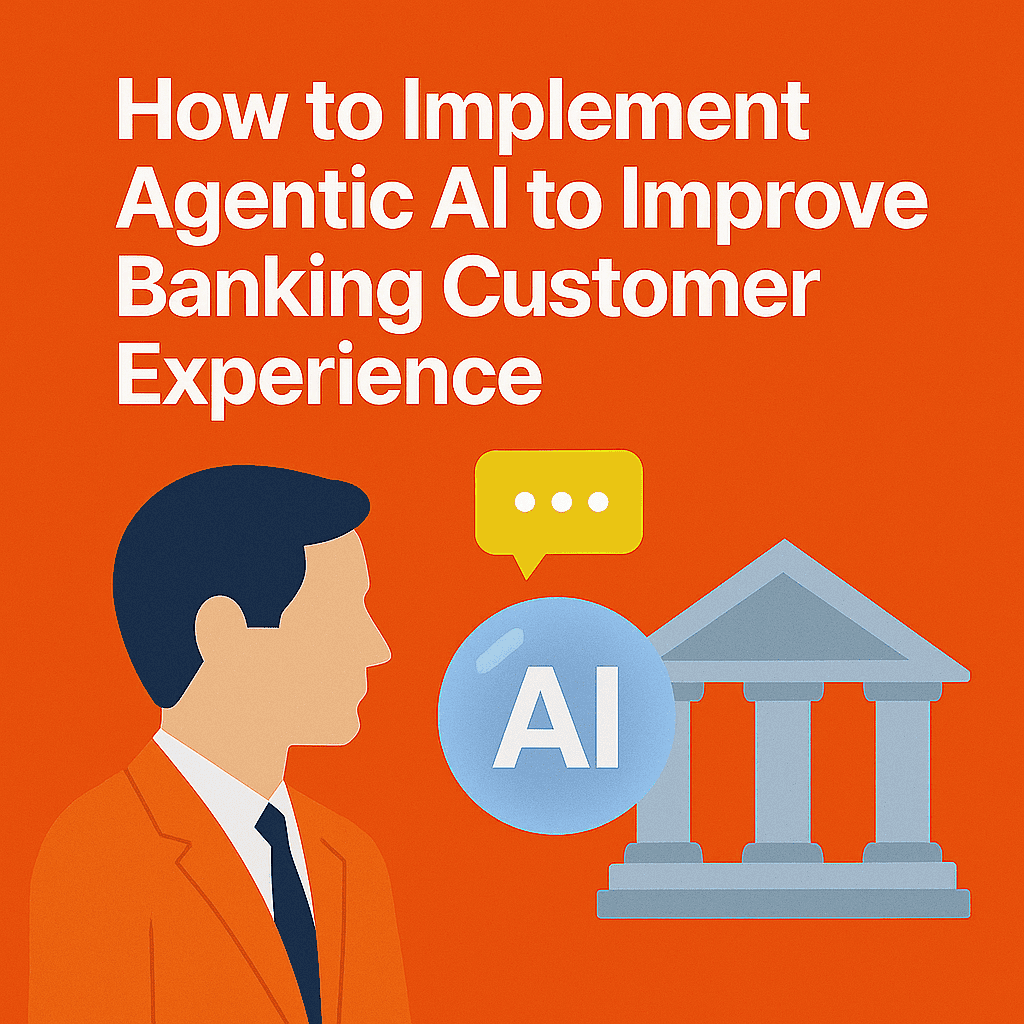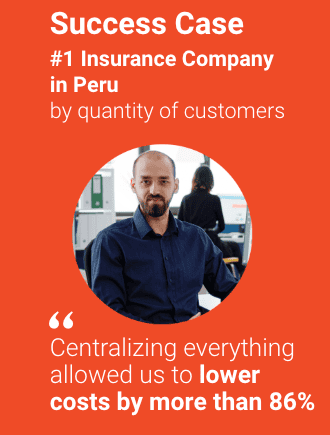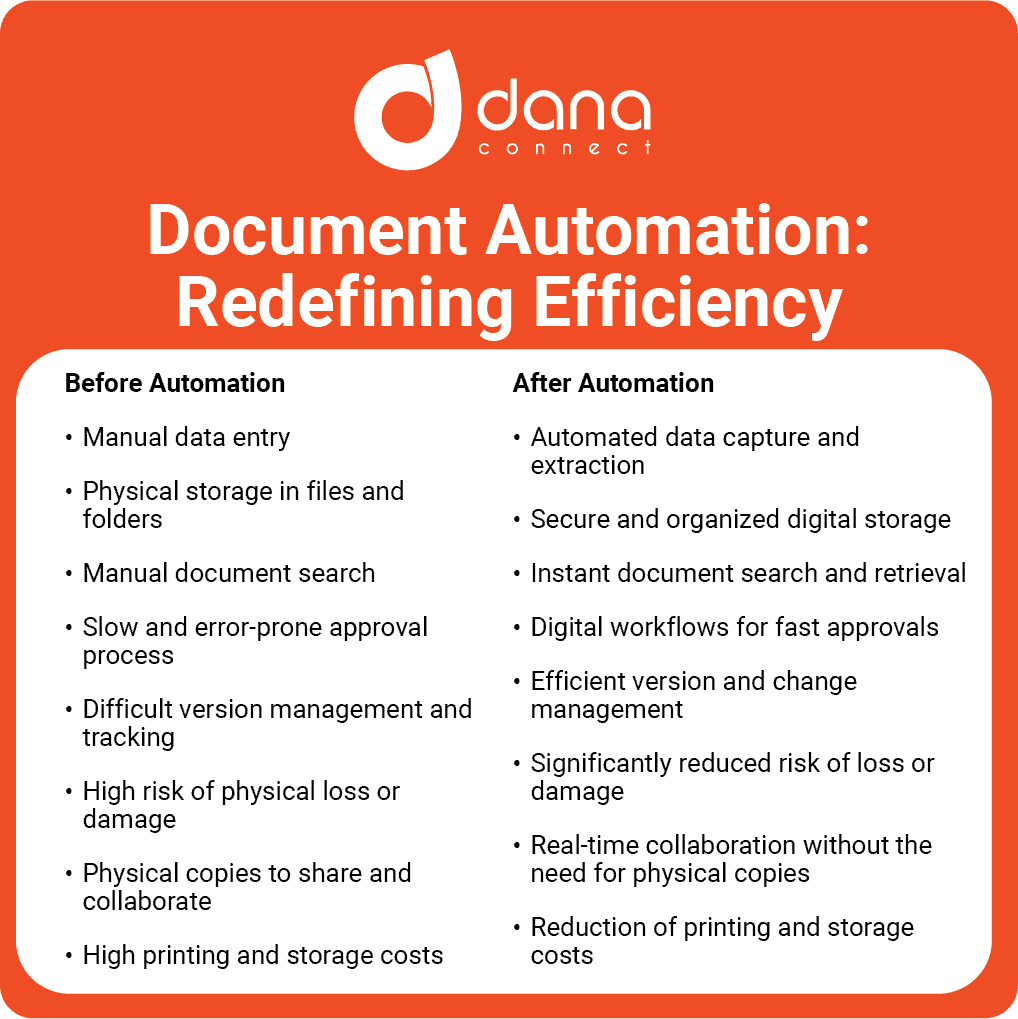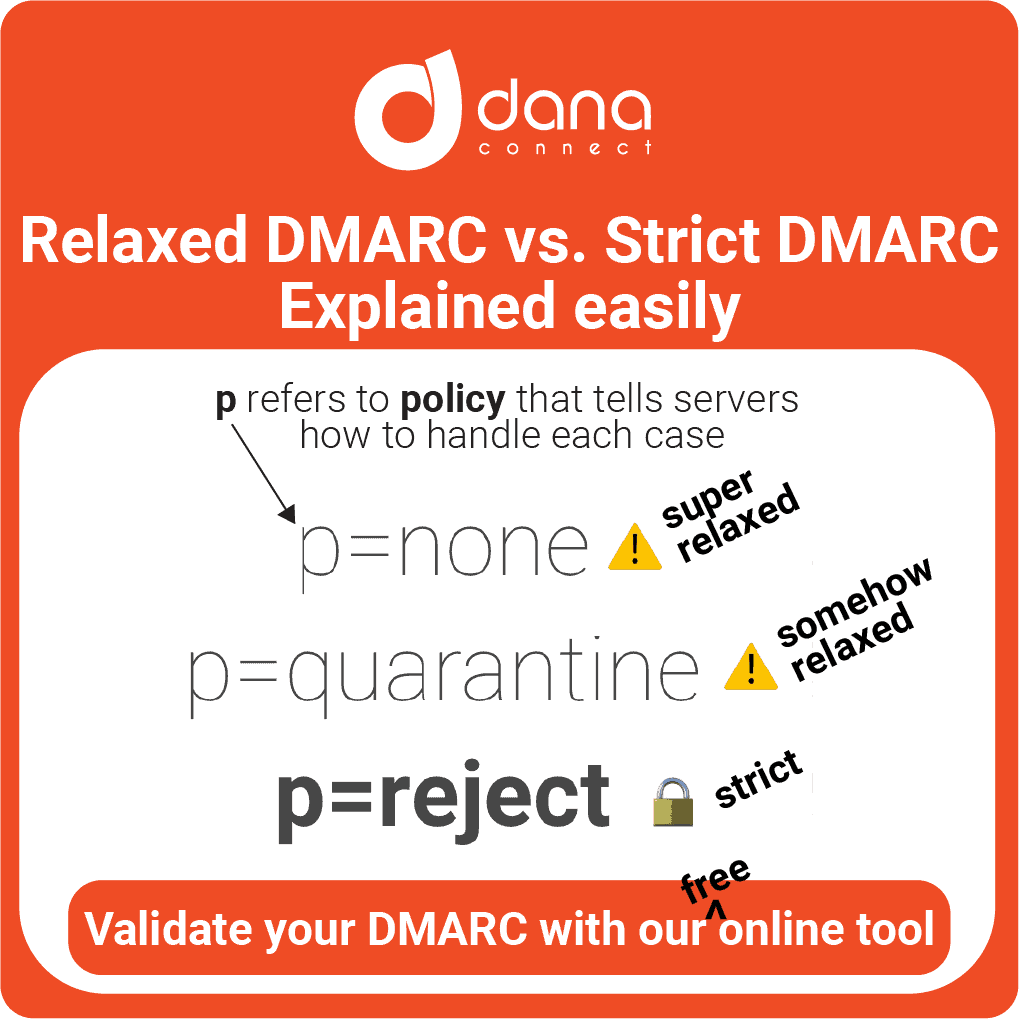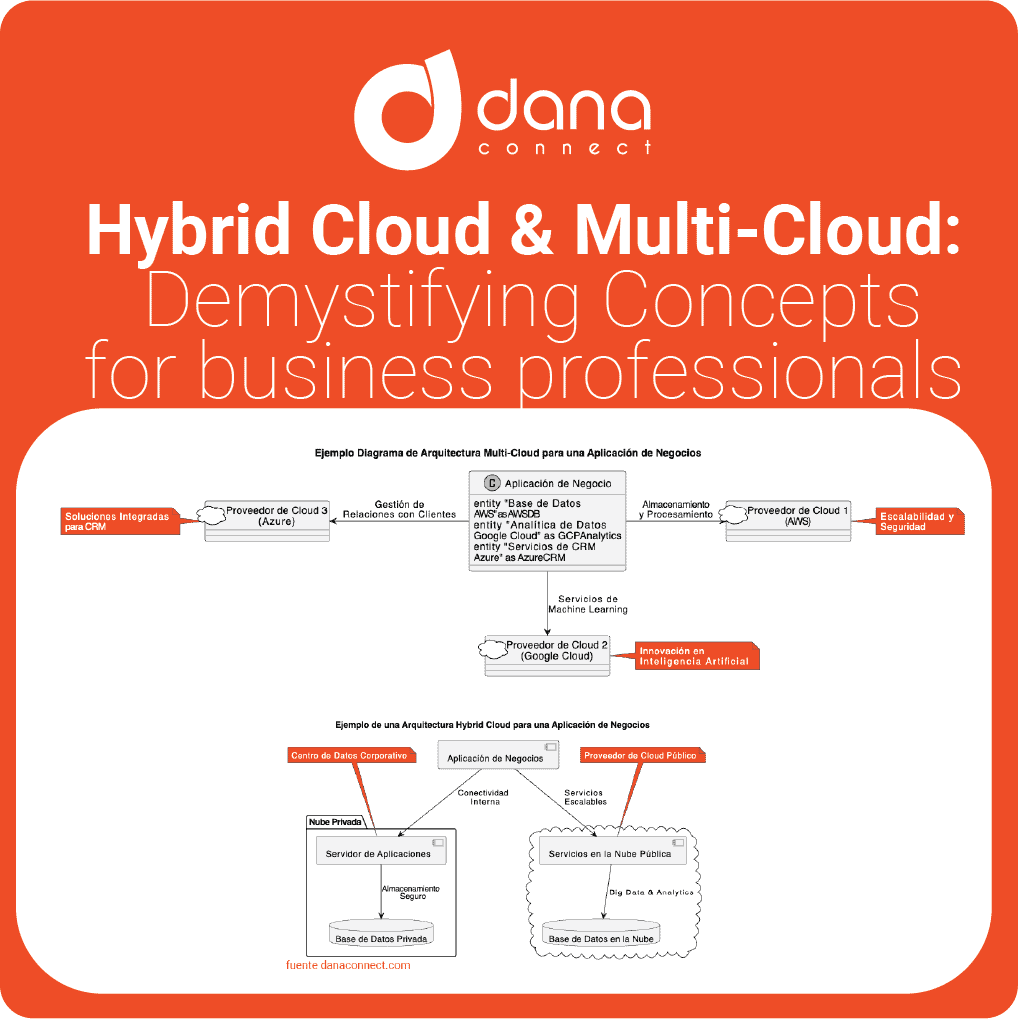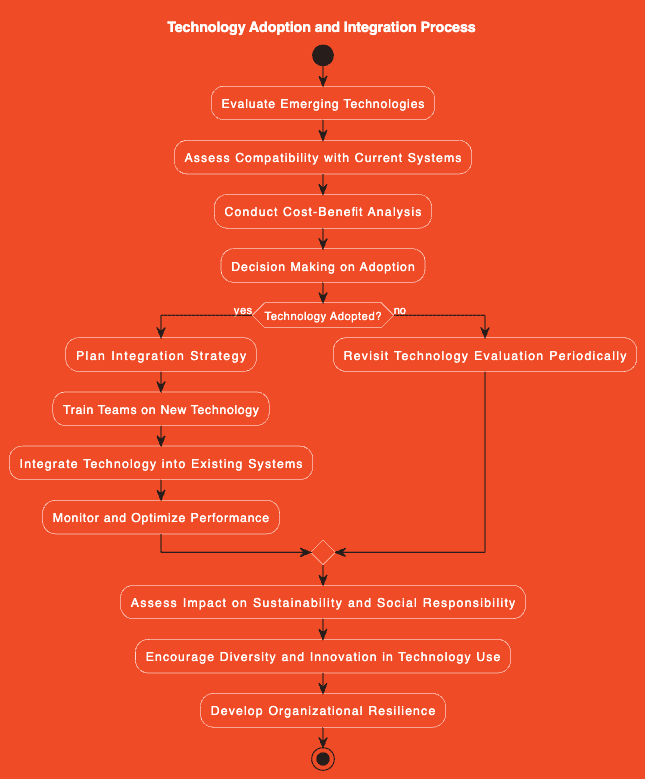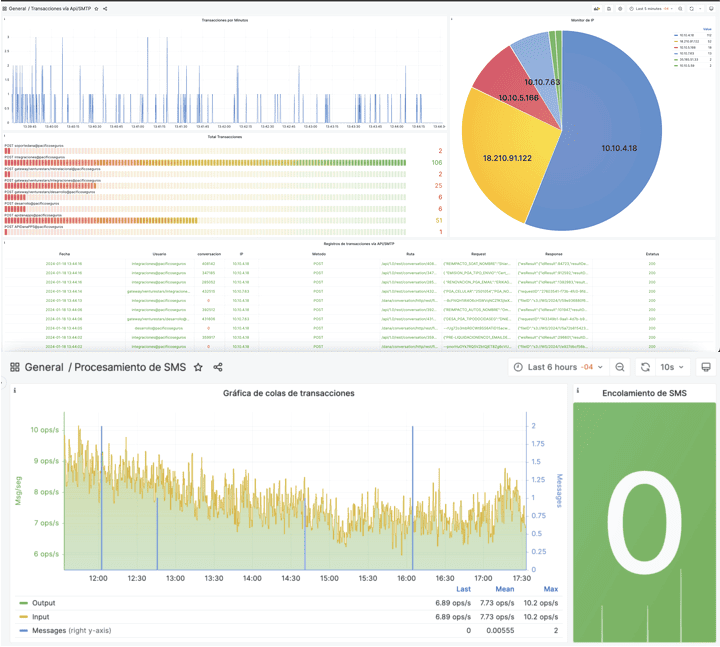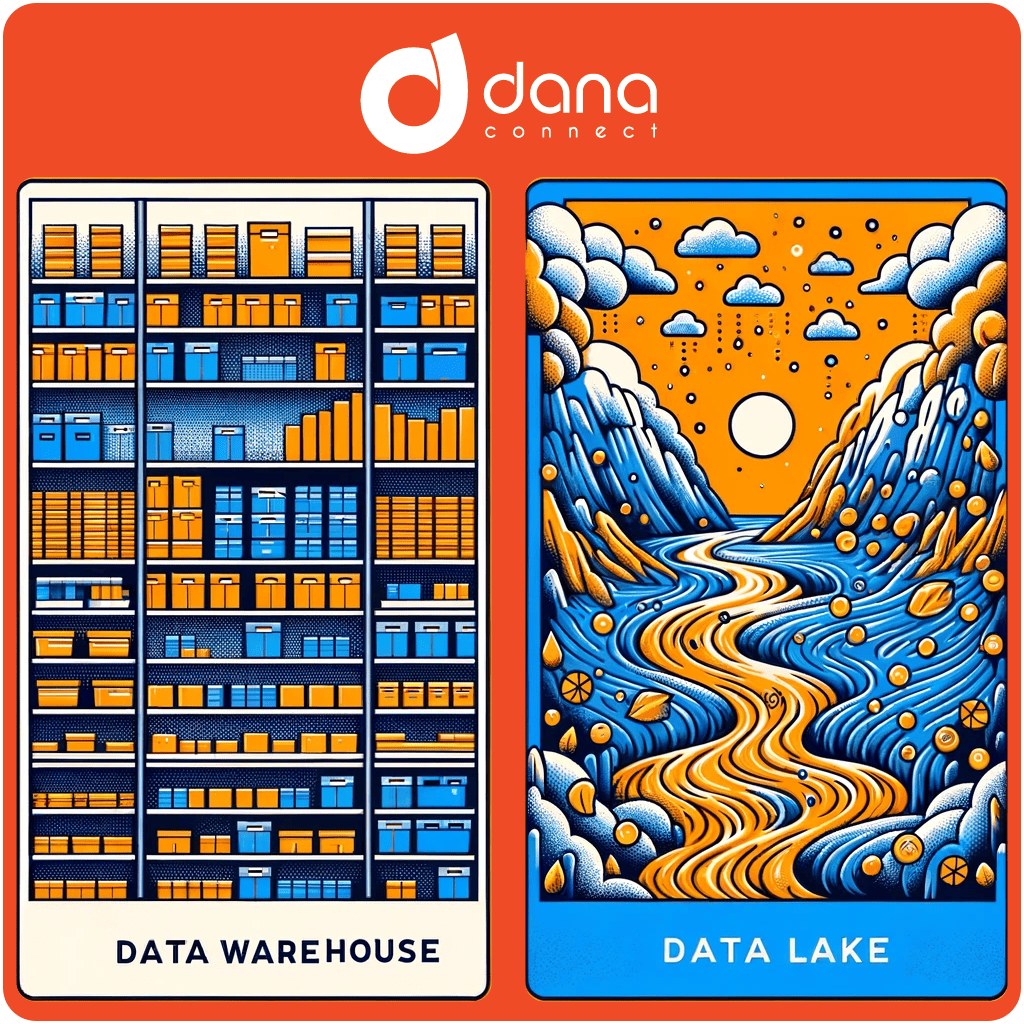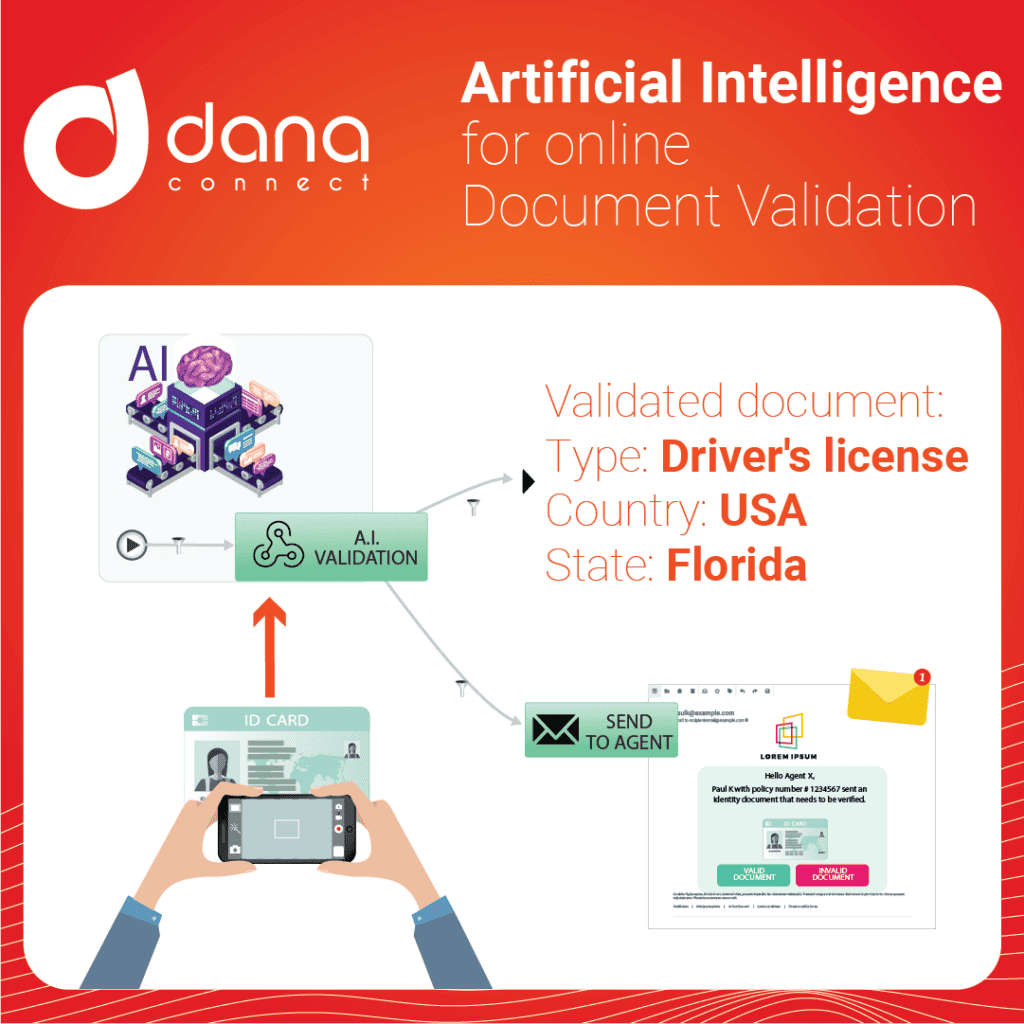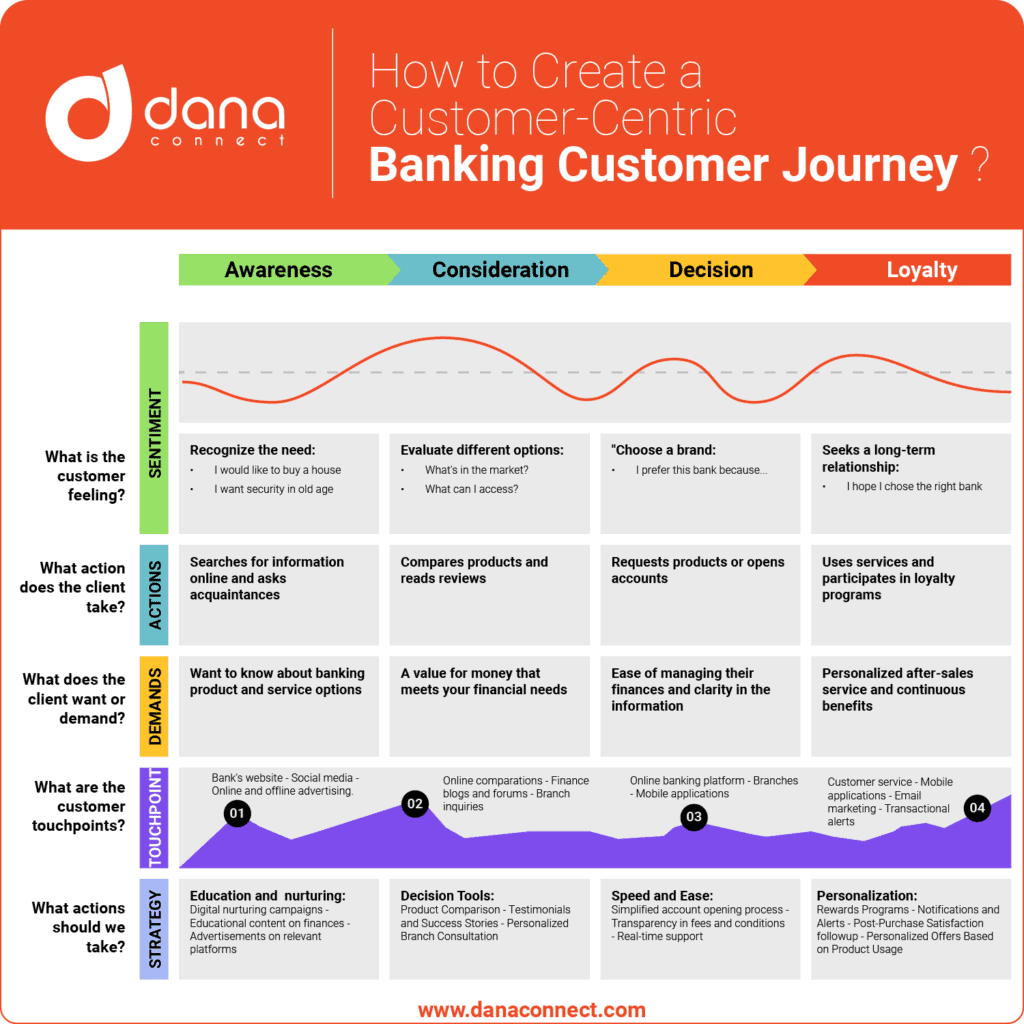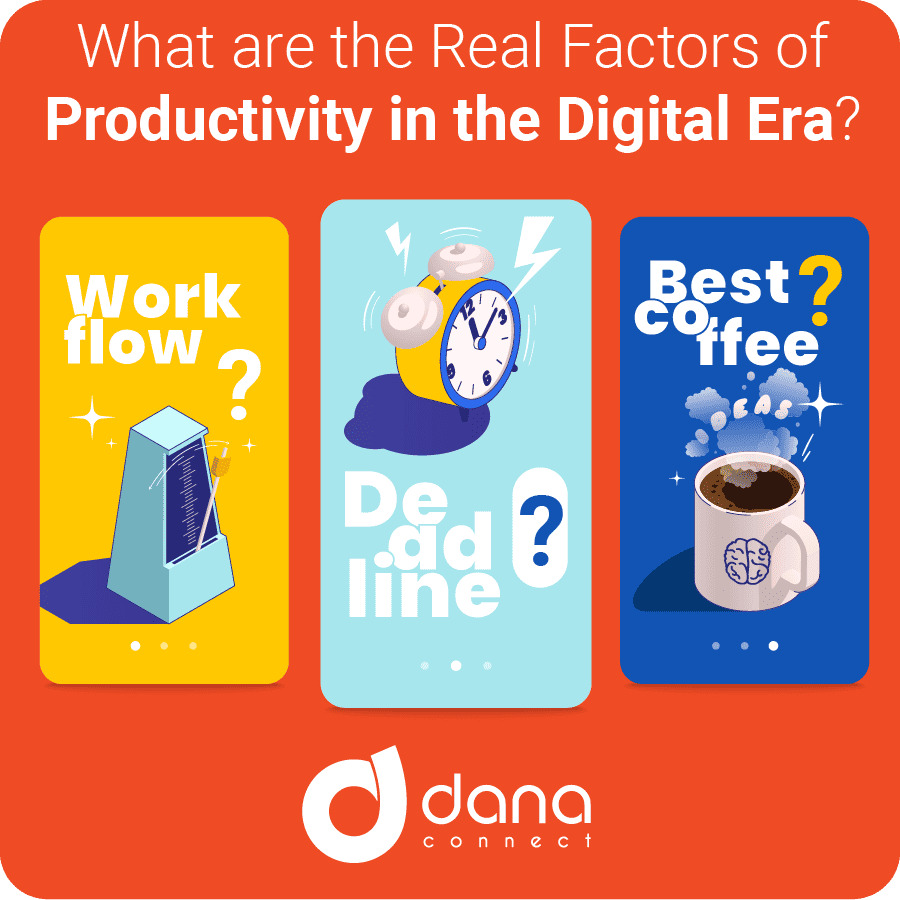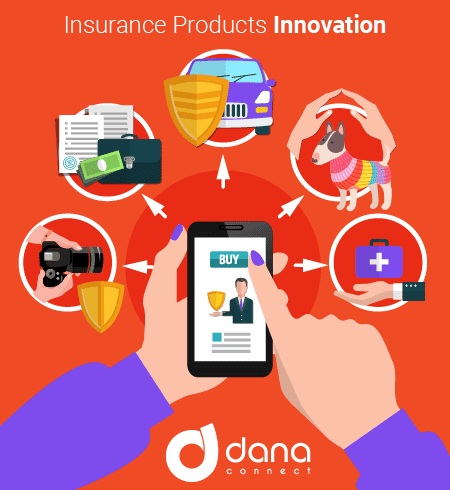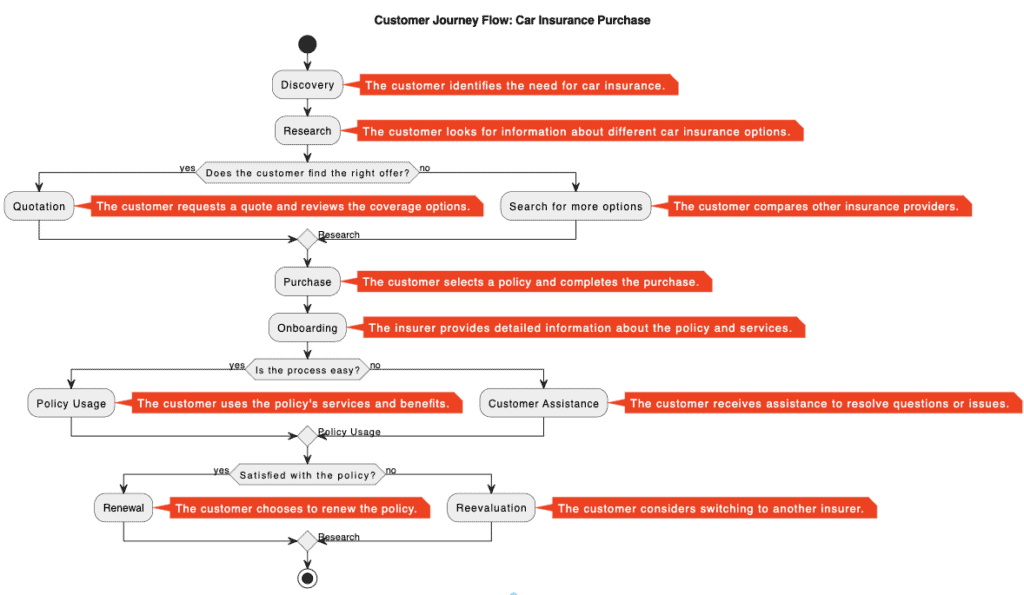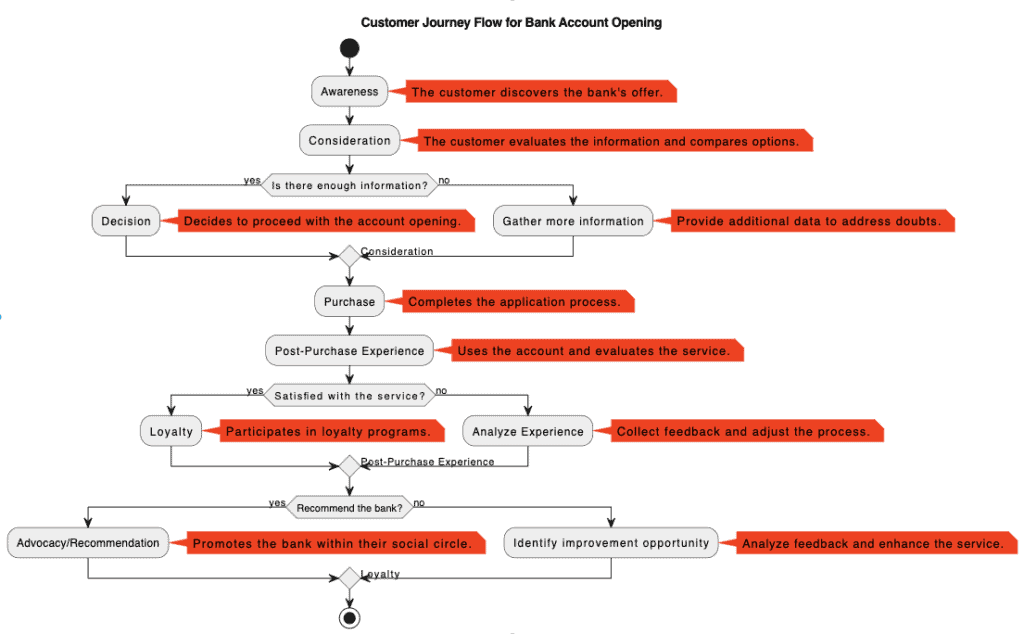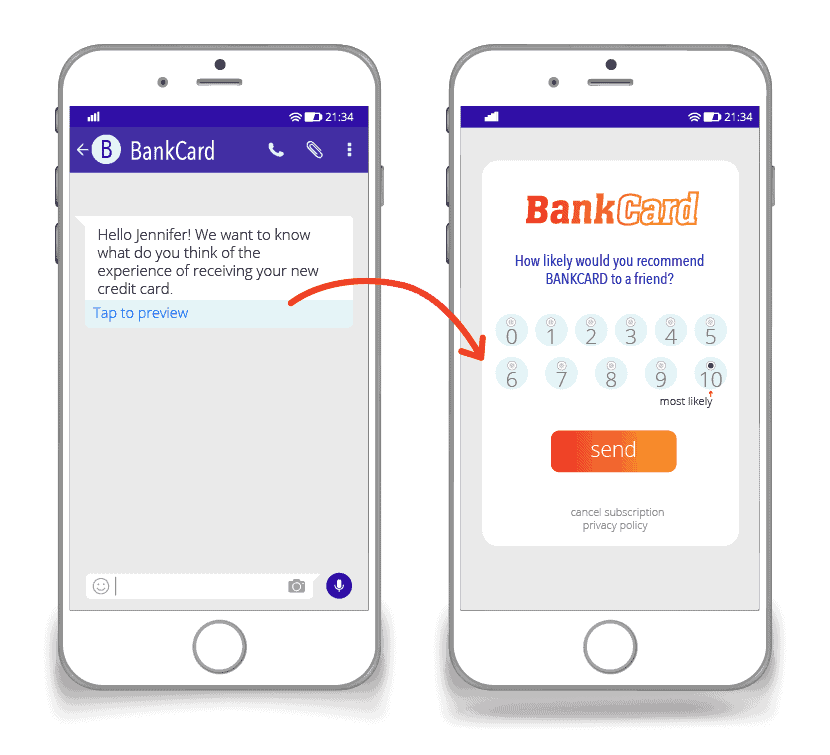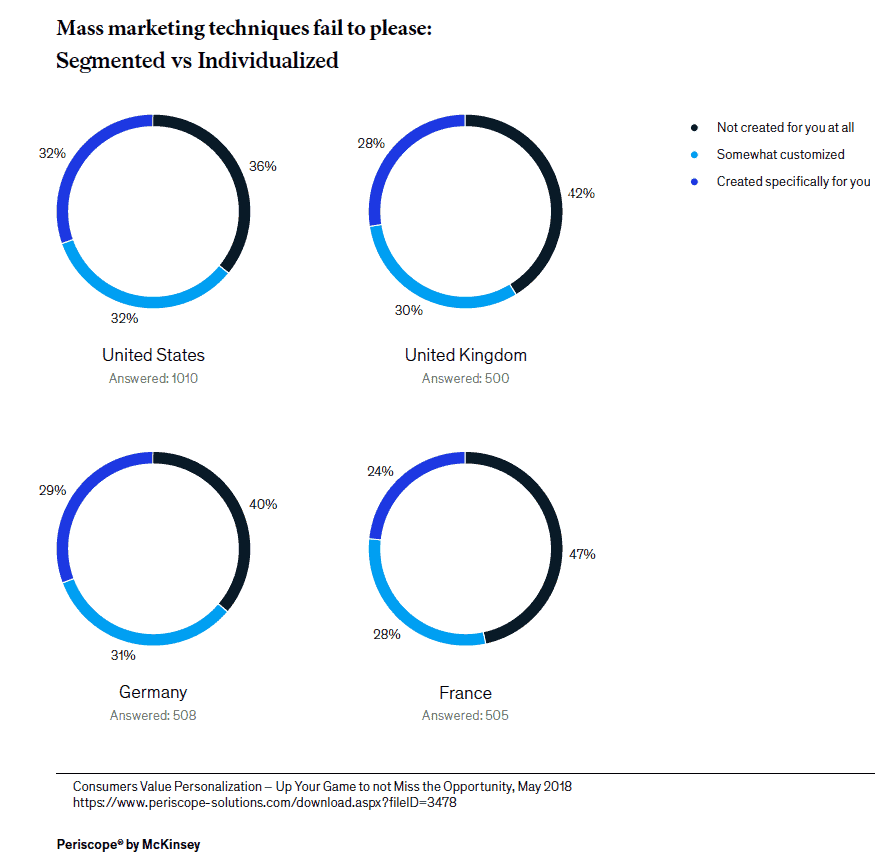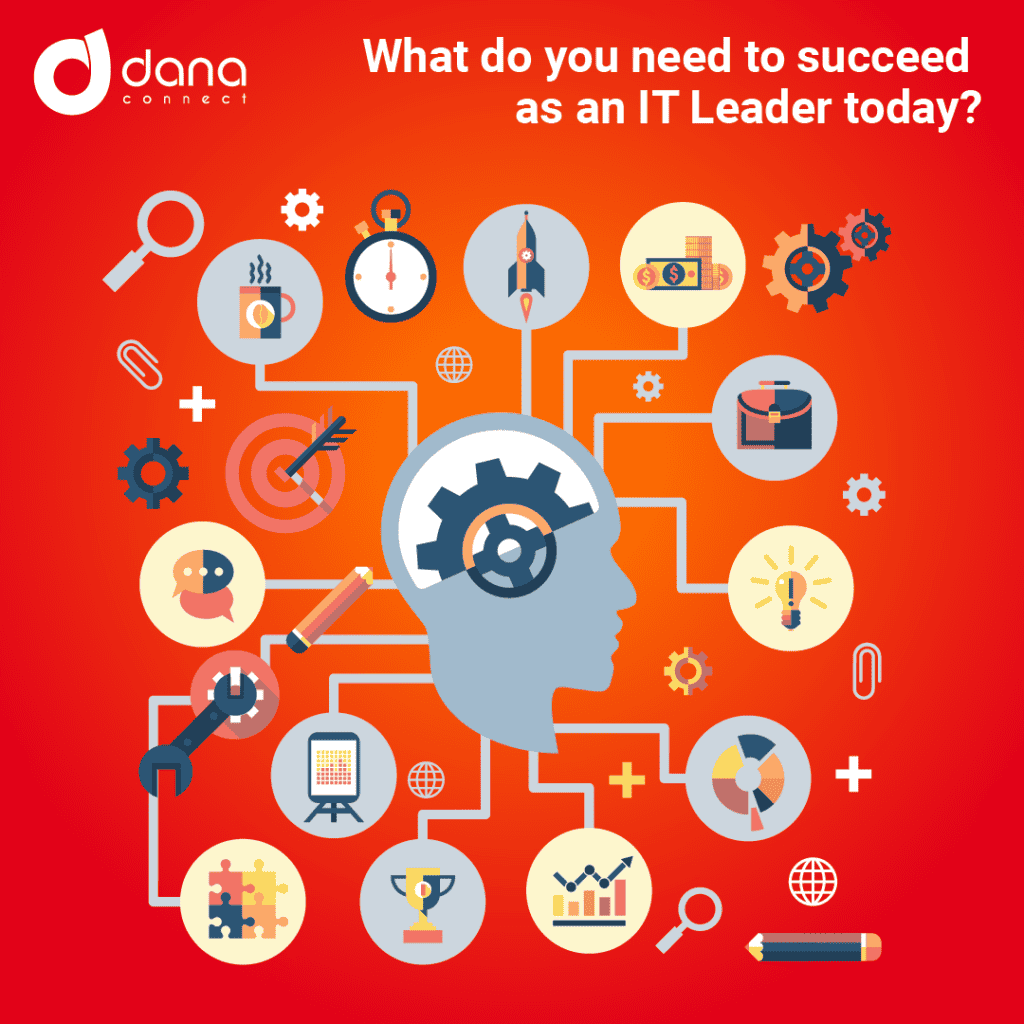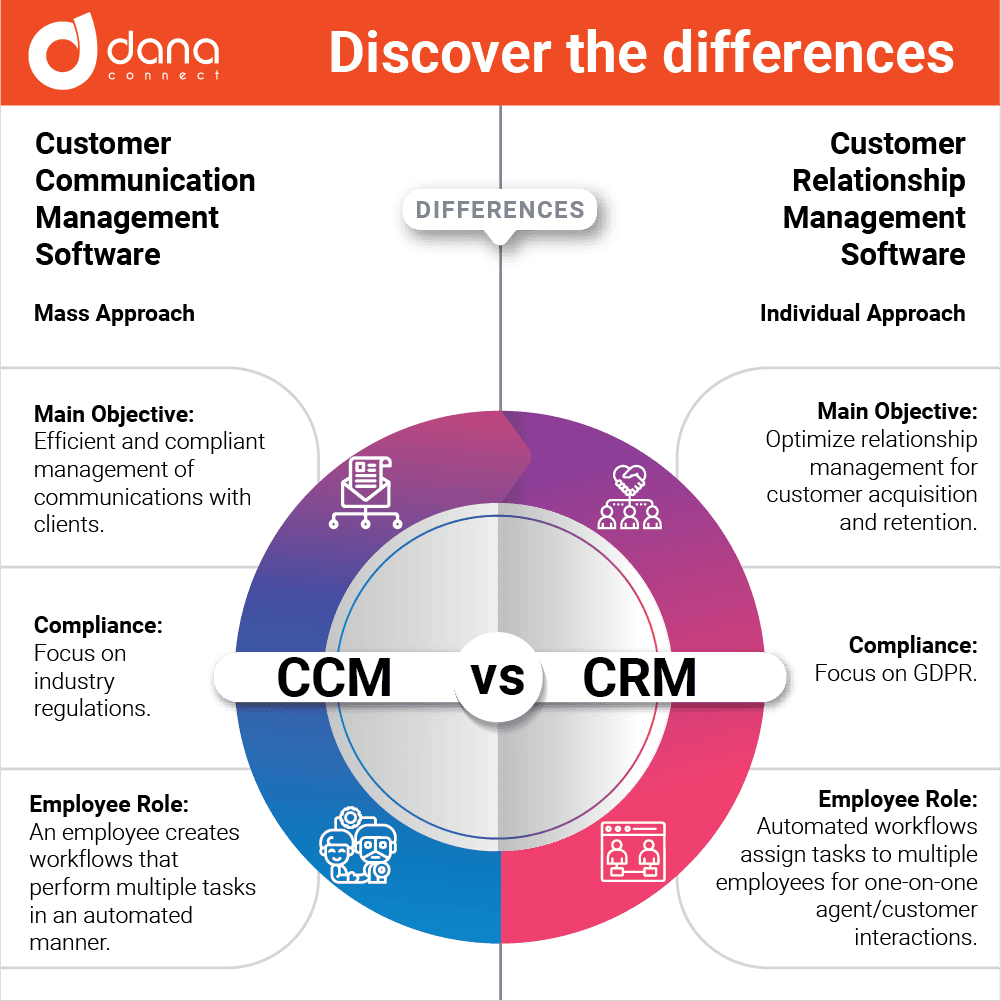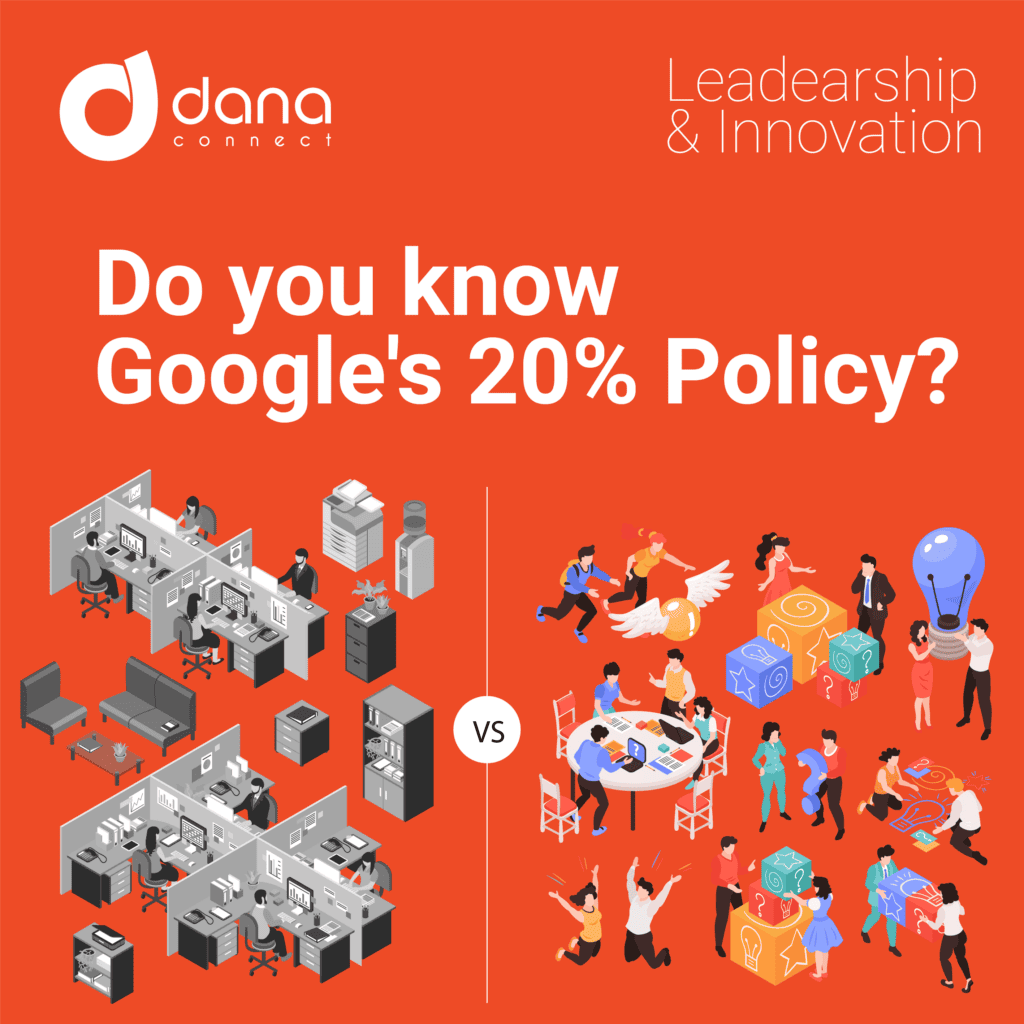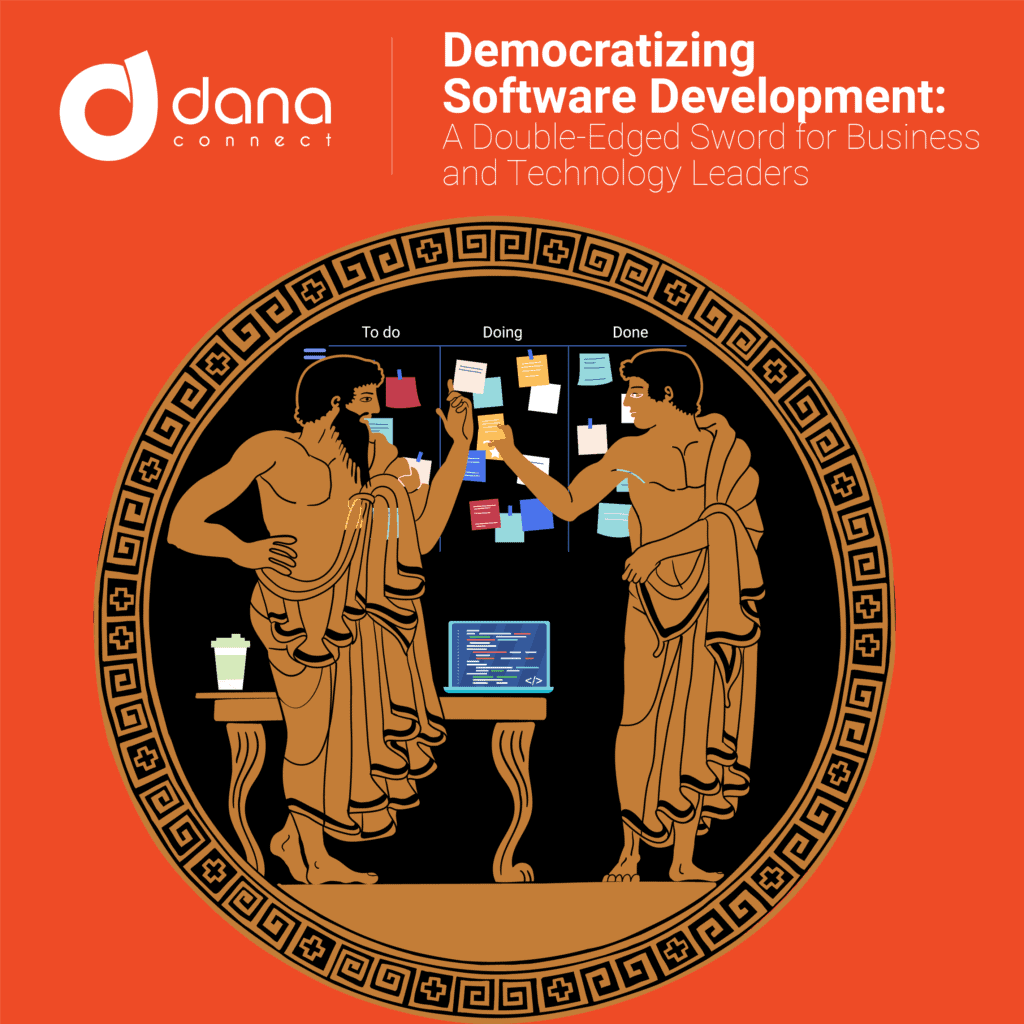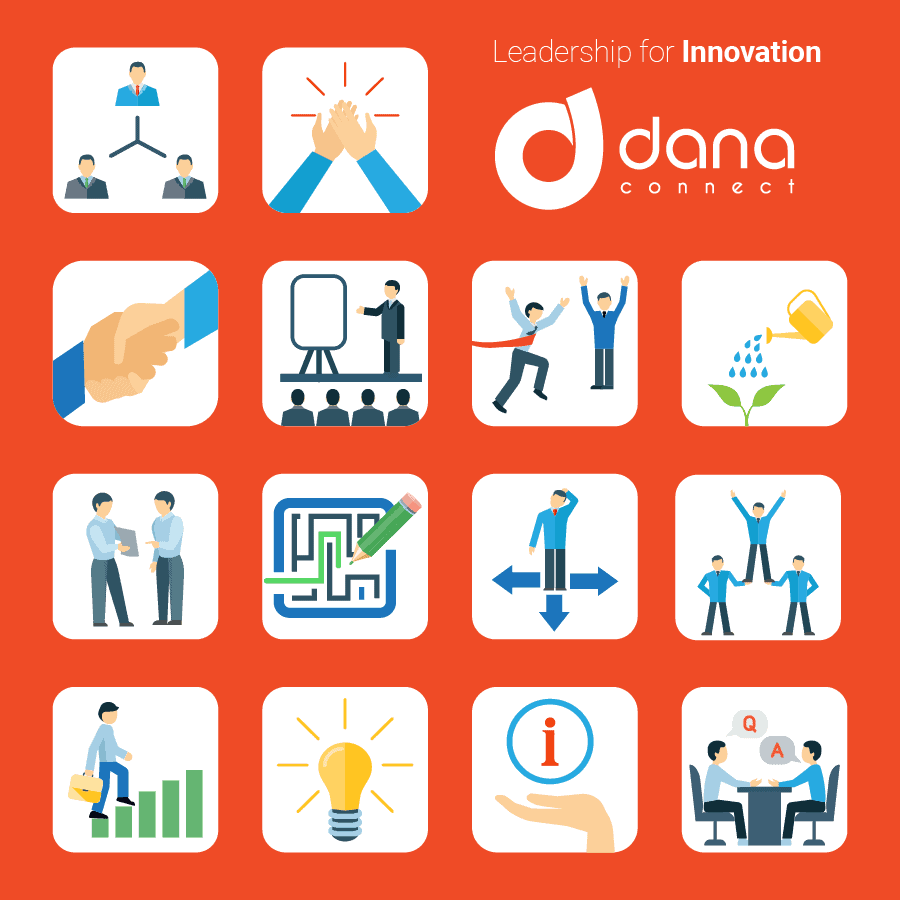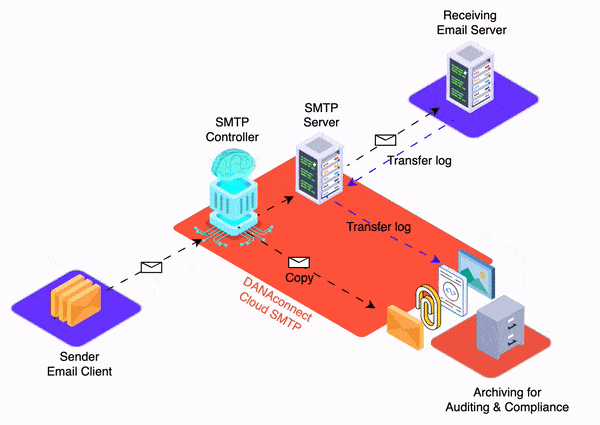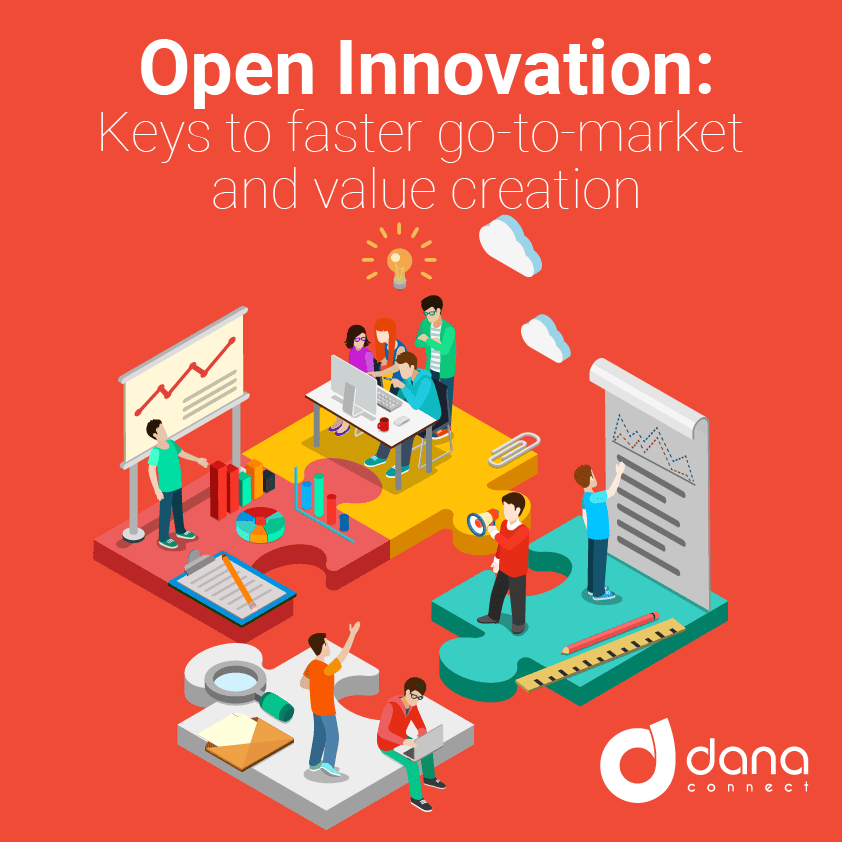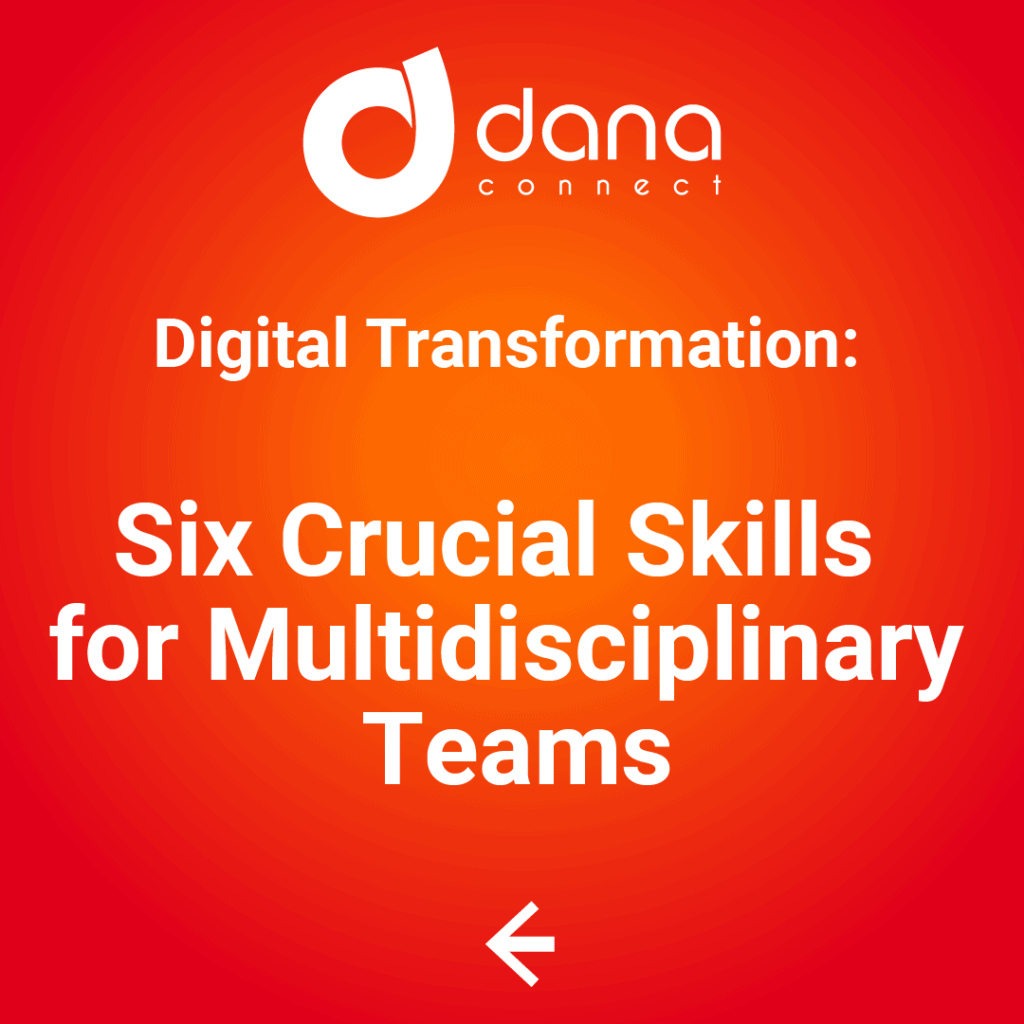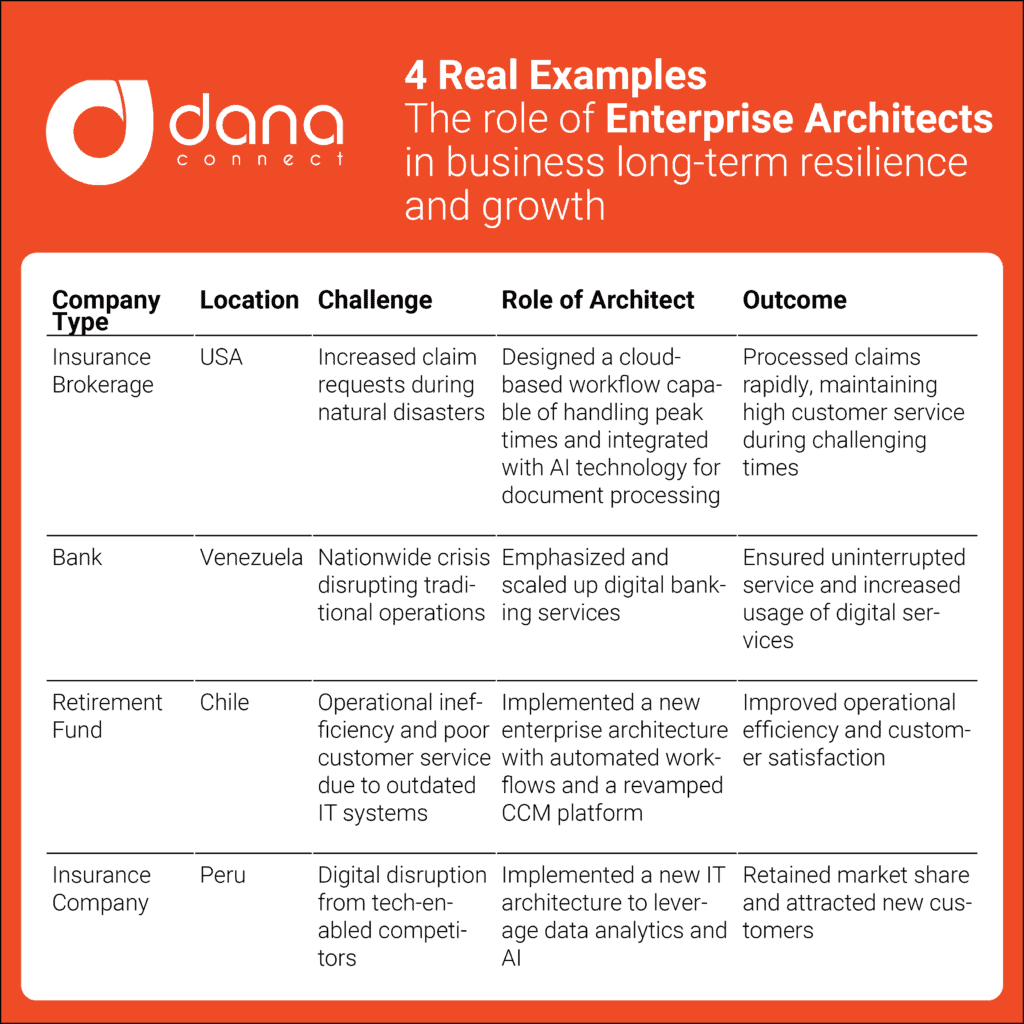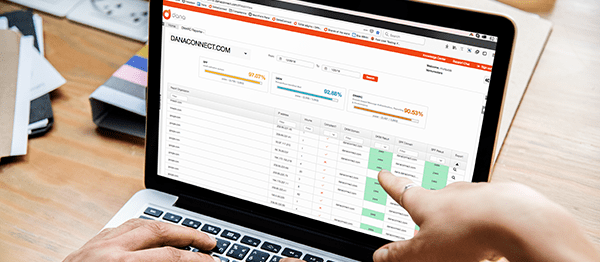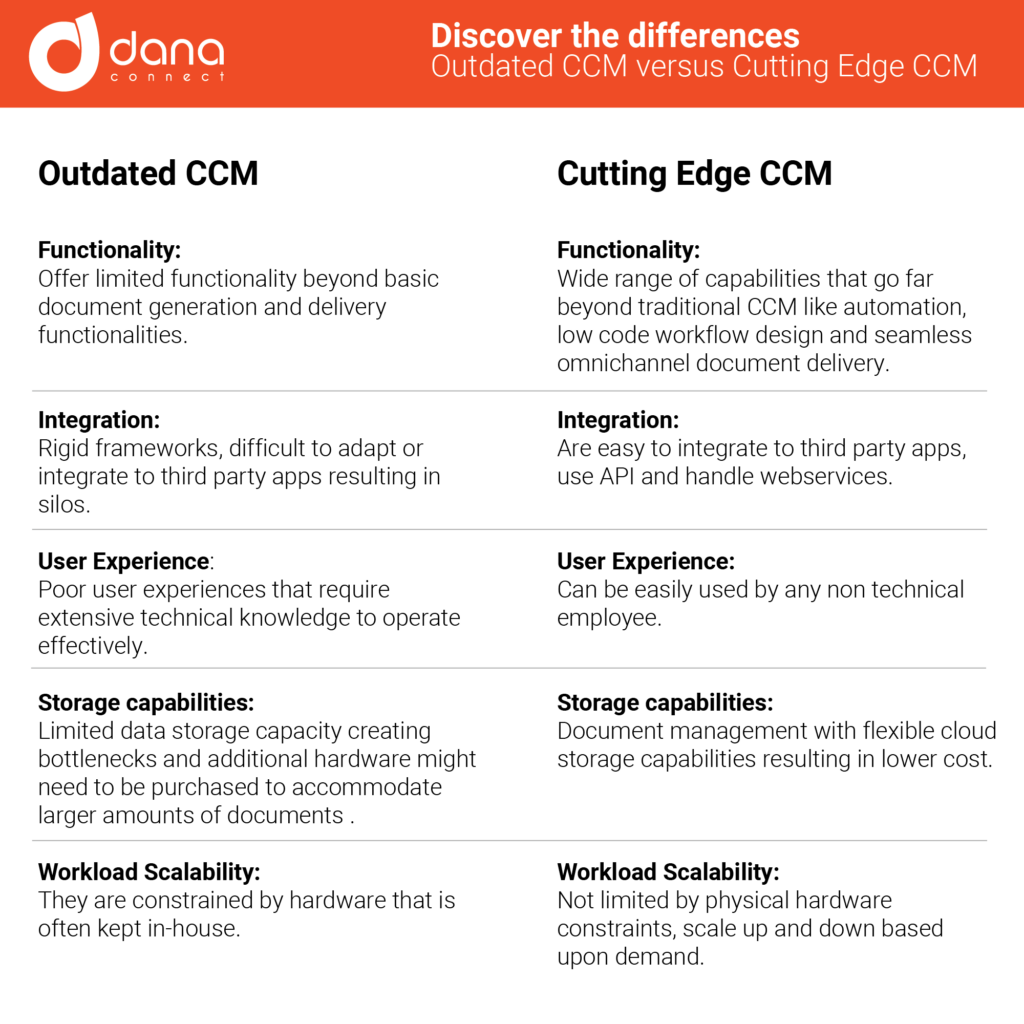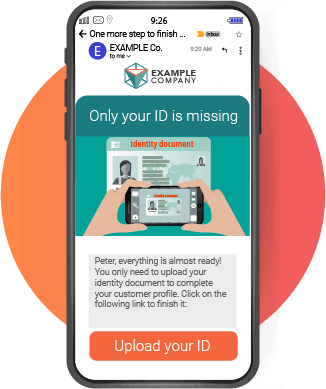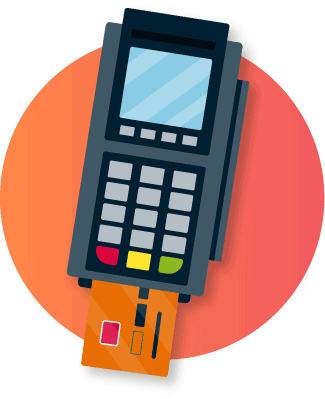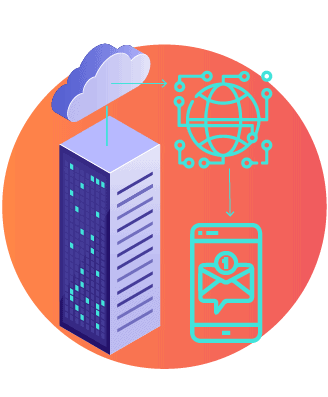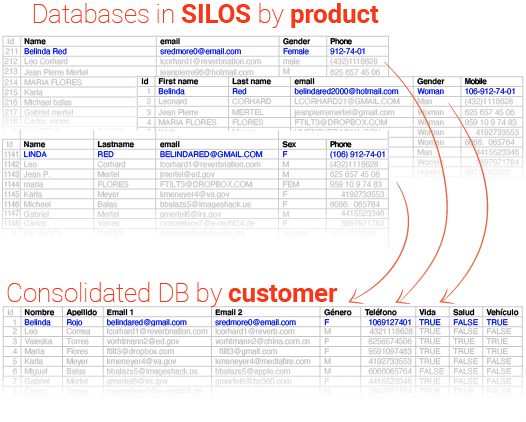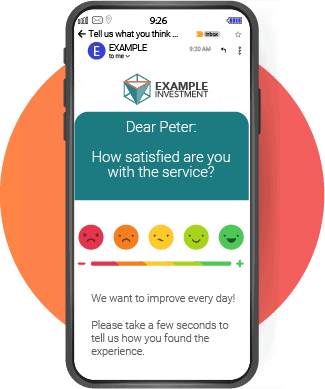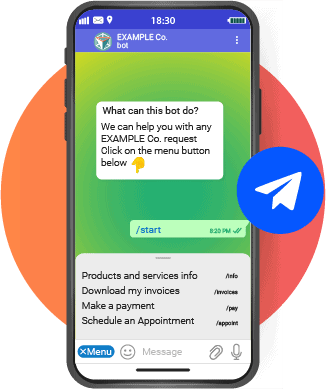Digital transformation and agile transformation are two concepts that are often confused or used interchangeably, but they are actually different. The first is a process of deep technological change that seeks to improve business processes through the use of digital tools, while the second is a methodology to manage projects more efficiently and quickly.
In this article, we’ll delve into the coincidences between the terms, explore the key differences of these two business transformation strategies, and how they complement each other.
Digital Transformation: A new way of doing business
Digital Transformation has been one of the most popular terms in the business world for the last decade, not only because of its economic impact but also because of its constant evolution due to rapid technological advancement.
What is Digital Transformation?
Digital Transformation (DT) refers to the process by which companies adapt their operations and business models in response to the technological changes of today’s digital world. Digital Transformation seeks to make the most of the digital opportunities and tools available to improve all aspects of the business: from marketing to financial management through production and innovation.
Digital Transformation not only implies implementing new technologies but also radically changing the way a company works, always seeking how to do better things using existing digital tools or implementing new developments.
Potential benefits associated with Digital Transformation include:
- Productivity improvement
- Greater analytical capacity
- Geographic expansion without a requirement for physical presence
- Relevant increase in quality / speed
Agile Transformation: A new way of managing projects
Agile began being used mainly within software development but today many other different areas are present, precisely due to its initial success. The term “agile” describes an iterative and incremental method based on frequent collaborations with internal/external clients in small meetings called “Sprints”. ”. The goal is to develop high-quality products tailored to business needs in a short time.
Therefore, agile transformation focuses on improving the product or service development process. Instead of using traditional processes that involve lengthy pre-planning to get larger projects off the ground, agile teams work through short iterations with very precise goals that need to be reviewed regularly. This allows you to quickly validate if the project is on the right track or if something needs to be changed to achieve better results.
The Agile methodology can be applied not only to software development or digitalization, but also to any other task within the business: from marketing to financial operations through human resources and technical support.
Some of the advantages of Agile Transformation include:
- Greater flexibility
- Better adaptability against unforeseen and sudden changes
- Total focus on customer / end user
Although its origins are related to programming, it is currently present in several different areas as we have previously mentioned.
Differences between Digital Transformation and Agile Transformation
While both types of transformation have some common elements (such as increasing efficiency), there are some key differences.
| Digital Transformation | Agile Transformation |
| Reach:
Widespread change for globalized improvement. |
Reach: Drives specific tasks within the business for focused change and localized improvement. |
| Process:
Gradual adaptation, always looking for new digital solutions. |
Process: Agile schemes that are constantly evaluated in search of incremental improvements. |
| Goals: Digital Transformation seeks to boost the entire business. |
Goals:
Agile’s main objective is to meet customer needs quickly and efficiently while improving their satisfaction. |
| Approach:
Digital Transformation is a deep and comprehensive transformation. |
Approach: Agile adopts an incremental change, designed to make small but consistent changes. |
| Time:
Digital Transformation implies a gradual and constant process, always keeping in mind new technologies and available solutions. |
Time:
The Agile methodology allows to see faster results since the projects are developed iteratively in short terms. |
How does Agile Transformation complement Digital Transformation?
Agile Transformation and Digital Transformation can work together to achieve a successful implementation of new digital technologies in business. In reality, it is increasingly common to see companies combine both strategies to improve their operational efficiency and speed up time to market.
The main reason why these two methodologies have been merged makes a lot of sense: although Digital Transformation can be seen as a radical change within the business looking for new business models or disruptive products to the market through the intensive use of digital tools; you still need to handle projects in-house quickly but without sacrificing quality or security – the latter thanks to Agile Transformation methodologies.
Agile Transformation allows complex projects to be carried out through collaborative and interdisciplinary teams, significantly improving old manual processes, for example, using Scrum or Kanban methodology (agile standards), allowing dynamic planning, especially when there is constant uncertainty in any project.
On the other hand, Digital Transformation seeks to constantly innovate using emerging solutions such as Automation and Artificial Intelligence, which can help not only reduce costs but also increase revenue generated, either from existing sources or from sources completely different from the pre-existing model.
The end result is something of a consistent cyclical process where a new digitally driven idea is first developed, then pushed forward under the aforementioned agile criteria while always keeping an eye out for potentially externally disruptive changes.
The integration between the Agile Transformation to the Digital Transformation allows:
1.- Risk reduction:
A full traditional transformation carries many risks given how large and complex it can be. By implementing the principles of agile transformation, overall risk is reduced and it becomes easier to control potential failures at each stage of the project.
2.- Continuous improvement:
The Agile methodology is highly iterative, which allows any team to stay focused on constantly improving their efficiency without sacrificing quality or security.
3.- Better alignment of objectives:
By having a clear and shared methodology for all parties involved, it becomes easier to ensure that everyone is on the same page. This allows better final results with deliveries more adjusted to the business requirements.
In short, Agile and Digital Transformation can work together to achieve significant improvement within the business. The integration between both models helps not only to reduce costs but also increases the income generated through new digital products or services, making market entry faster.
A practical example of Digital Transformation integrating Agile Transformation
A practical example of Digital Transformation integrating Agile Transformation could be the process of implementing a digital platform for customer service management in a company.
In this scenario, Digital Transformation would imply selecting and implementing new digital technologies as an automated system that allows customers to interact with the company through different channels such as email, SMS, chatbots, or WhatsApp. This would replace the old manual processes and is expected to significantly improve the time and quality of support delivered to each user.
On the other hand, Agile Transformation would focus on how to carry out all this through agile methodologies. Instead of waiting months to see final results, Agile seeks to maximize efficiency through weekly sprints where each sprint has clear objectives previously defined in which an iteration of the final product is obtained that integrates simple functionalities until having the complete product.
Each Sprint would have very well-defined milestones, which allows both obtaining constant feedback from internal users as well as making constant adjustments throughout the project without the need for major subsequent revisions and avoiding risks.
In this way, it is possible to integrate both tools, TD and TA, to achieve better final results. This not only improves the business structure, but also optimizes existing practices within the internal team thanks to more dynamic strategies that streamline iterative processes on any new product or idea launched on the market. This allows you to get early feedback and avoid years spent developing inefficiently designed solutions.
Conclusion
In summary, both -Digital and Agile Transformation- seek to make significant improvements within businesses but each does so from their own perspective. Digitization is oriented towards profound structural changes; completely changing how operations are carried out or bringing new products to market thanks to emerging tools such as automation and artificial intelligence.
On the other hand, Agile Transformation is about how to manage teams and carry out projects more efficiently without necessarily changing the entire traditional business model or the need to going digital.
Every company should evaluate its goals before deciding on any major IT-driven change. It is critical to determine whether you really need to make major structural changes internally versus simply improving current practices using new digital strategies.
Both strategies are important for any modern organization seeking to be competitive. This article has tried to clarify the differences between both ways of transforming our business: on the one hand we have continuous adaptability through Innovation (Digital Transformation) and we also have customer-oriented development through iterative processes (Agility).
You may also be interested in:
- 4 real examples of Customer Journey Mapping as the key to a successful digital transformation
- Agile Transformation Drives Cultural Change and Ensures Long-Term Success in the Insurance Industry
- The 4 stages of digital maturity
- Digital transformations: The five talent factors that matter most (Mckinsey)

